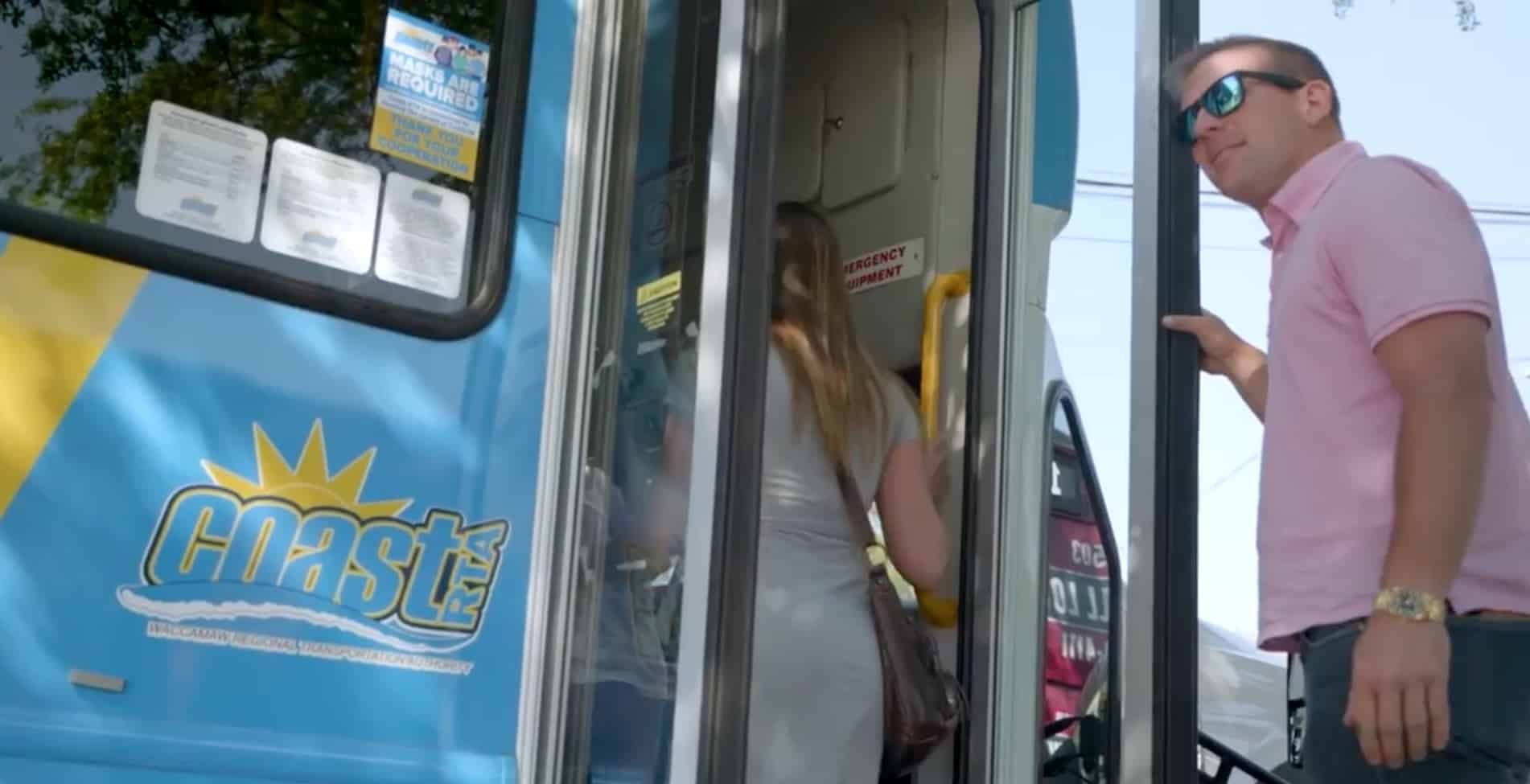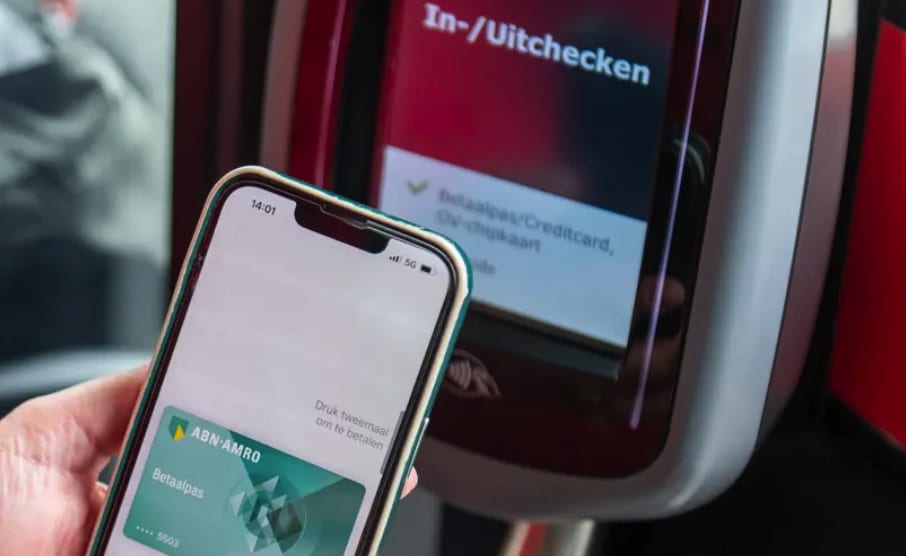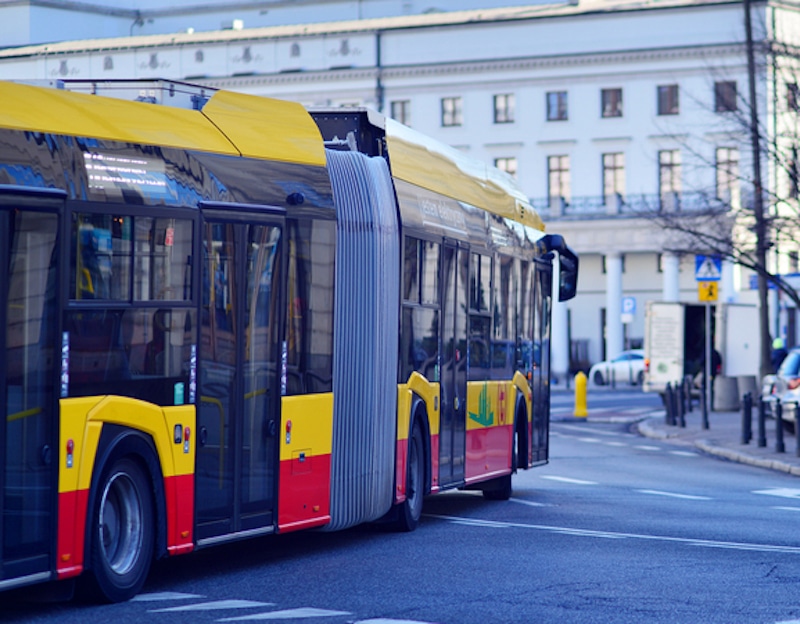
Article Highlights
Despite significant costs for handling cash, very few transit agencies in the U.S. have eliminated cash from their fare-collection systems. But the head of one small bus agency in South Carolina, which recently launched open-loop payments, says he plans to try. He has a long way to go.
As Mobility Payments reported earlier this year, Visa quietly lowered interchange for regulated debit card transactions under $5. This is a card type that hits transit agencies especially hard because they must pay a fixed fee of $0.21 plus $0.01, or $0.22, on each of their low-value fare transactions.
• Coast RTA (South Carolina)
• Cal-ITP
• MST (Monterey-Salinas)
• SacRT (Sacramento)
• Kuba
• Littlepay
• Elavon
Despite significant costs for handling cash, very few transit agencies in the U.S. have eliminated cash from their fare-collection systems. But the head of one small bus agency in South Carolina, which recently launched open-loop payments, says he plans to try.

















